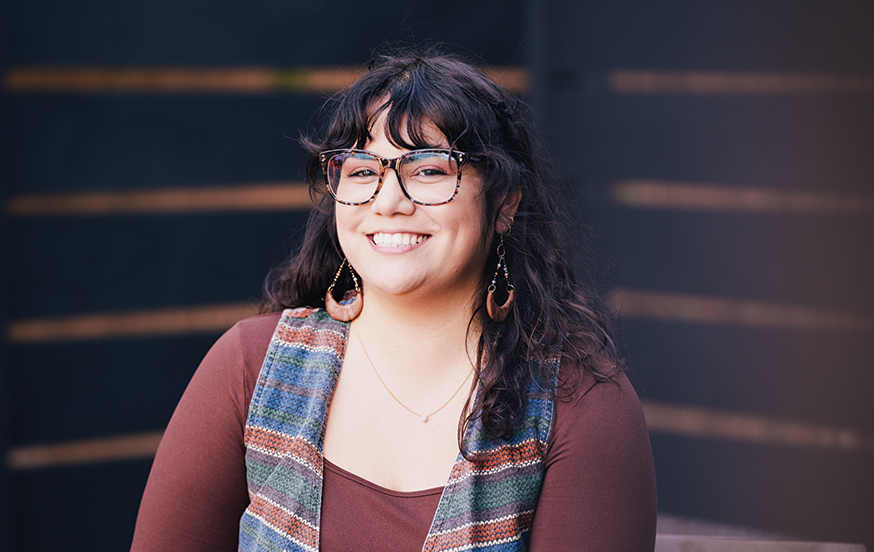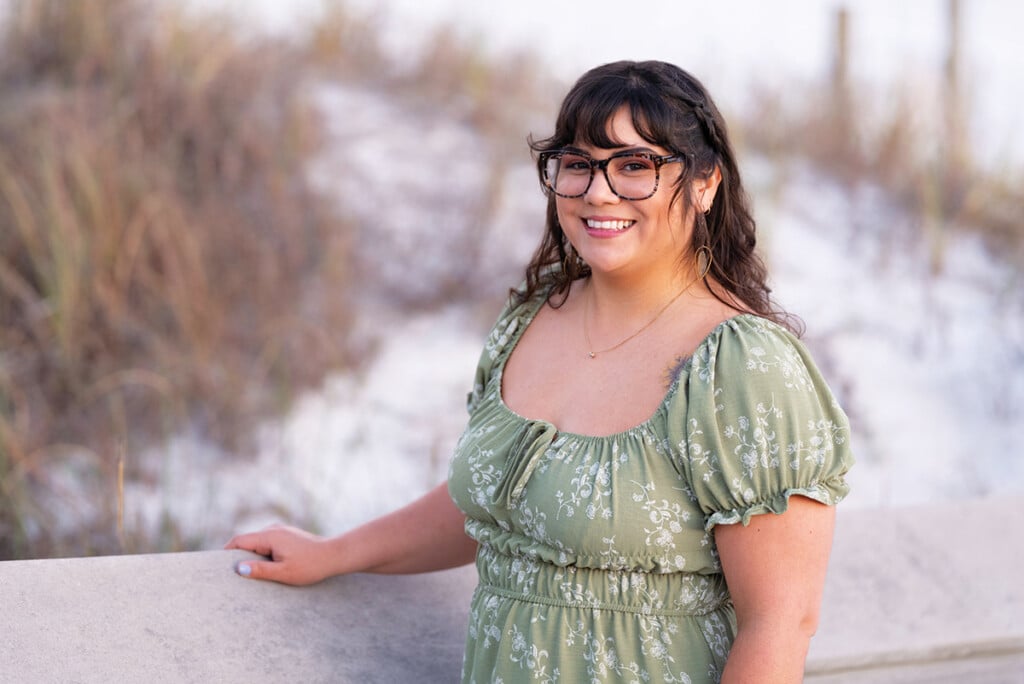Conservation vs. Consumption
A visit to the sand dunes of Lake Michigan leaves Emerald Coast local hyper-aware of overconsumption

While away on vacation about a year ago, I visited Sleeping Bear Dunes, a national park along the shores of Lake Michigan where sand dunes tower as tall as 450 feet high.
At the eastern edge of the Sleeping Bear Plateau is the park’s main attraction — the dune climb. There, an initial sand wall 284 feet high leads hikers through a trail of rolling dunes that snake up and down a mile-and-a-half wide before reaching Lake Michigan. Hiking to the lake would take more than three hours one way. Once there, the steep height is too dangerous to access the lake from the dunes.
With my partner and two friends from the area, we hiked about halfway to the lake, making our way up the mountainous formations, through sandy paths and sometimes stamping through tall dune grass.
It felt illegal.
I kept looking for posted warnings: “Keep off the dunes,” or “Keep off the grass.” I attempted to avoid any plant life in my path. I asked my best friend, “Should we be walking on the grass like this?” My questions confused her. But she assured me we were perfectly within park regulations.
A stark contrast from our Gulf Coast sand dunes, the experience left me bewildered. Their staggering height felt near incomprehensible compared to what we have at home. Our dunes, strikingly white and beautiful as they are, have always felt finite.
A resource to be protected, our dunes are incredibly important to our environment and infrastructure. They protect beachside condominiums and other businesses during hurricanes and tropical storms. Threatened and endangered species, including snowy plovers, beach mice and the Gulf Coast solitary bee, find refuge in our dune ecosystems.
Here, signs warning beachgoers to “keep off the dunes” are common, and fenced-off areas help sand to accumulate without human interaction, which supports dune restoration.
Since I visited Michigan, the comparison has haunted me. Each time I travel the stretch of dunes between Okaloosa Island and Destin or along the Gulf Islands National Seashore, I can’t help but think about the opposition of Sleeping Bear’s vastness and how the enormity of a resource can change the way we perceive and treat it.
The experience has since become a metaphor in my everyday life, leaving me hyper-aware of the resources I use, both big and small.
According to data collected by Systems Change Lab, global material consumption by producers and consumers has more than tripled from 1970, reaching 98 billion tons in 2022. The data tracking site claims extraction and processing of material resources account for more than 55% of climate change impacts, 90% of water stress and 90% of land-use-related biodiversity loss.
Today, overconsumption plagues lifestyles regardless of tax bracket. Social media pushes advertising on us left and right, from run-of-the-mill ads to paid sponsorships with our favorite influencers and celebrities. Millions of videos meant for entertainment encourage hyperconsumerism, boasting shopping hauls and product restocks.
Sayings from my childhood, “waste not, want not” and “if it ain’t broke, don’t fix it,” come to mind.
They’re phrases most Southerners heard from parents growing up in attempts to save money and conserve resources — leftovers packed into butter containers repurposed as Tupperware, lightly used paper towels getting a second life for counter cleaning, worn furniture repaired for longer life.
These things remind me that we have a choice as consumers. It’s OK to want to conserve products, resources and money. It’s OK to make do with the old thing that’s maybe a little damaged but gets the job done.
Sometimes, less is more.
Keep conserving,

Paige Aigret, Editor
paigret@palmbeachmedia.com


